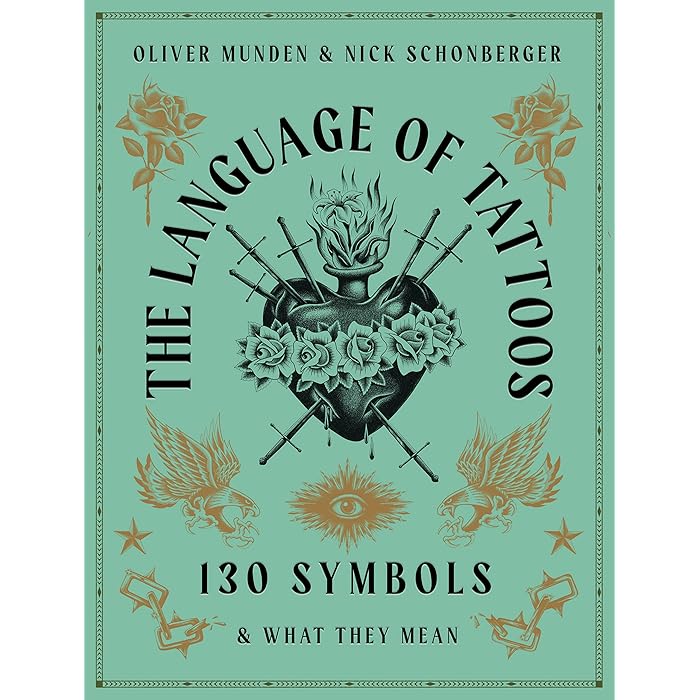Description
The language of tattoos is rich, multifaceted, and deeply symbolic, blending art, culture, history, and personal meaning. Tattoos are not just images; they often carry deep narratives and express individual identity, beliefs, and experiences. Here’s a look at the various aspects of the “language” of tattoos:
### 1. **Symbolism**
Tattoos frequently use symbols to communicate specific messages or ideas. These symbols often have cultural, spiritual, or emotional significance. For example:
– **Skulls** can symbolize mortality, rebellion, or protection.
– **Roses** might represent love, beauty, or the fleeting nature of life.
– **Anchors** are often linked to stability, hope, or a connection to the sea.
– **Lotus flowers** symbolize purity, enlightenment, or rebirth, particularly in Eastern cultures.
– **Dragons** can represent power, strength, or spiritual transformation, particularly in Asian cultures.
### 2. **Words and Phrases**
Many tattoos feature words or phrases in different languages, often in a script that is visually appealing, like calligraphy or cursive. The meaning of these tattoos can range from personal mottos to quotes that hold deep emotional or philosophical value.
– **Latin** is frequently used for its historical resonance (e.g., “Carpe Diem” for “Seize the Day”).
– **Japanese Kanji** is another popular choice, often due to its aesthetic elegance and cultural significance. For example, the kanji for “love” (愛) or “strength” (力) may be chosen for their simplicity and profound meaning.
### 3. **Cultural and Ethnic Influences**
Tattoos often reflect the heritage and traditions of particular cultures:
– **Polynesian tattoos** are known for their intricate patterns and deep meanings, often related to genealogy, status, or spiritual beliefs.
– **Maori tattoos** in New Zealand use spirals and other geometric patterns, often signifying family lineage or personal growth.
– **Sailor tattoos** are iconic in Western culture, with symbols like swallows, hearts, and anchors that were traditionally used by sailors to convey their life experiences or good luck.
– **American Traditional tattoos** use bold lines and bright colors, with iconic imagery like eagles, panthers, and roses, often representing patriotism, strength, or freedom.
### 4. **Personal Significance**
For many, tattoos are deeply personal. They mark significant moments, memories, or milestones in one’s life:
– **Memorial tattoos** commemorate loved ones or pivotal life events (e.g., a date, an image that reminds someone of a lost relative).
– **Self-expression** tattoos might represent one’s beliefs, passions, or artistic identity.
– **Healing tattoos** can symbolize overcoming challenges, such as recovery from illness, trauma, or addiction.
### 5. **Geometric and Abstract Designs**
These tattoos use shapes and patterns that often transcend language. Geometric tattoos (such as mandalas, sacred geometry, or fractals) create a visual language of balance, harmony, and universal connections. Their meanings can be spiritual or philosophical, emphasizing concepts like unity or infinity.
### 6. **The Aesthetic Language of Style**
Each tattoo style speaks a “visual language” based on the technique and appearance:
– **Blackwork** tattoos focus on solid black ink, creating striking, bold imagery.
– **Watercolor tattoos** blend vibrant colors and fluid shapes, often resembling a painting.
– **Realism** strives for lifelike depictions of people, animals, or objects, often conveying profound emotional depth.
### 7. **Evolution of Tattooing**
The meaning and style of tattoos have evolved significantly. In the past, tattoos were often used for tribal rites, religious symbols, or marks of belonging. In modern times, tattoos have evolved into a form of individualistic expression and art. What was once a mark of rebellion or outcast status in many cultures is now widely accepted in mainstream society as a form of personal identity and creativity.





Reviews
There are no reviews yet.